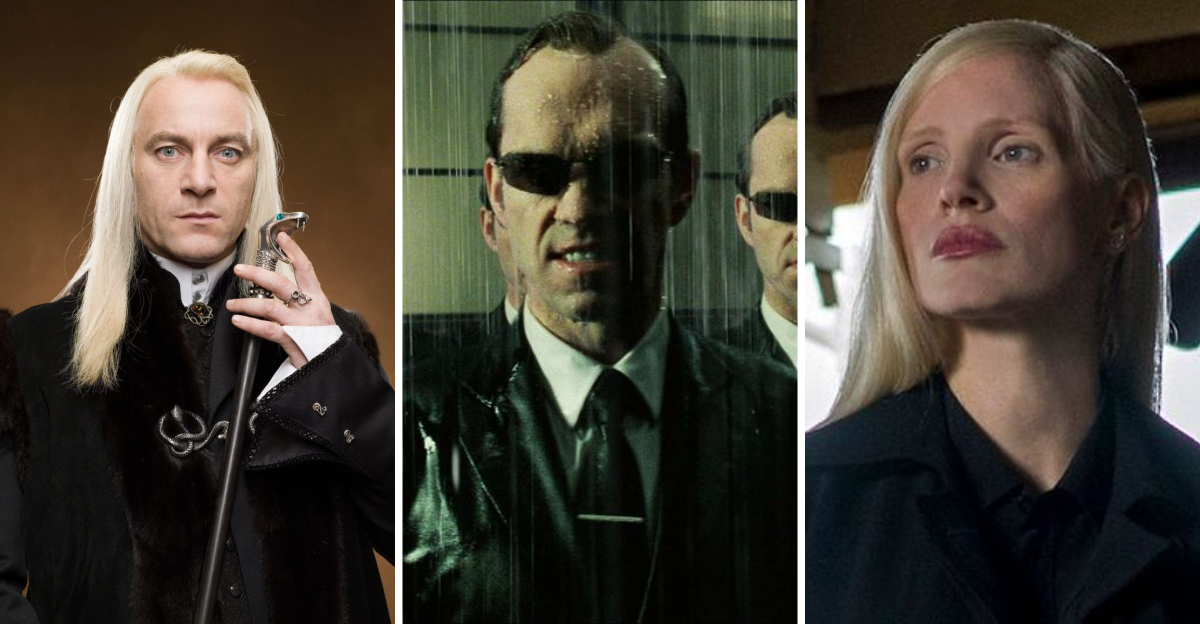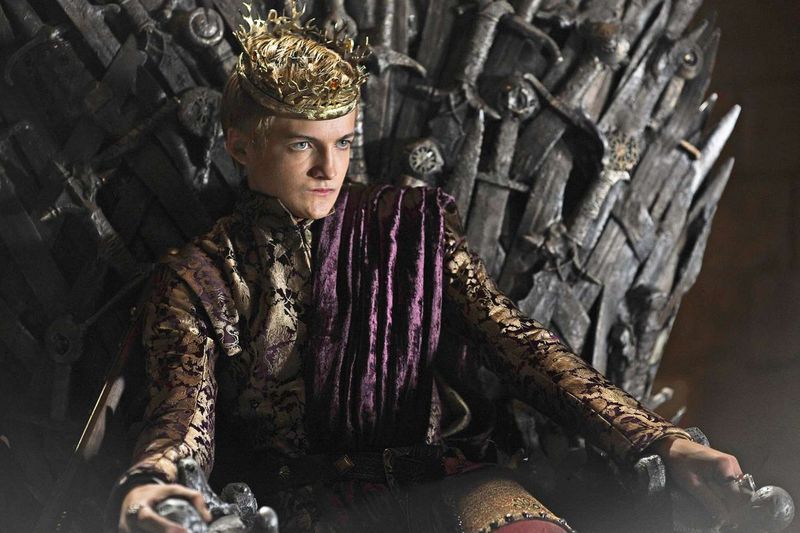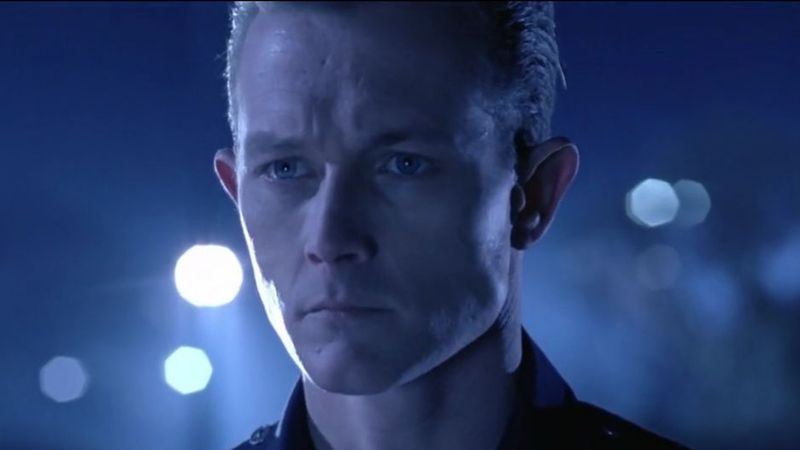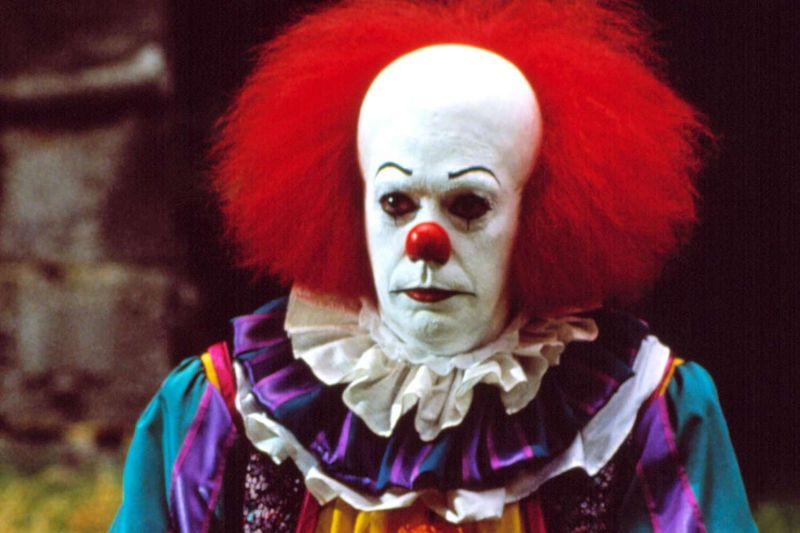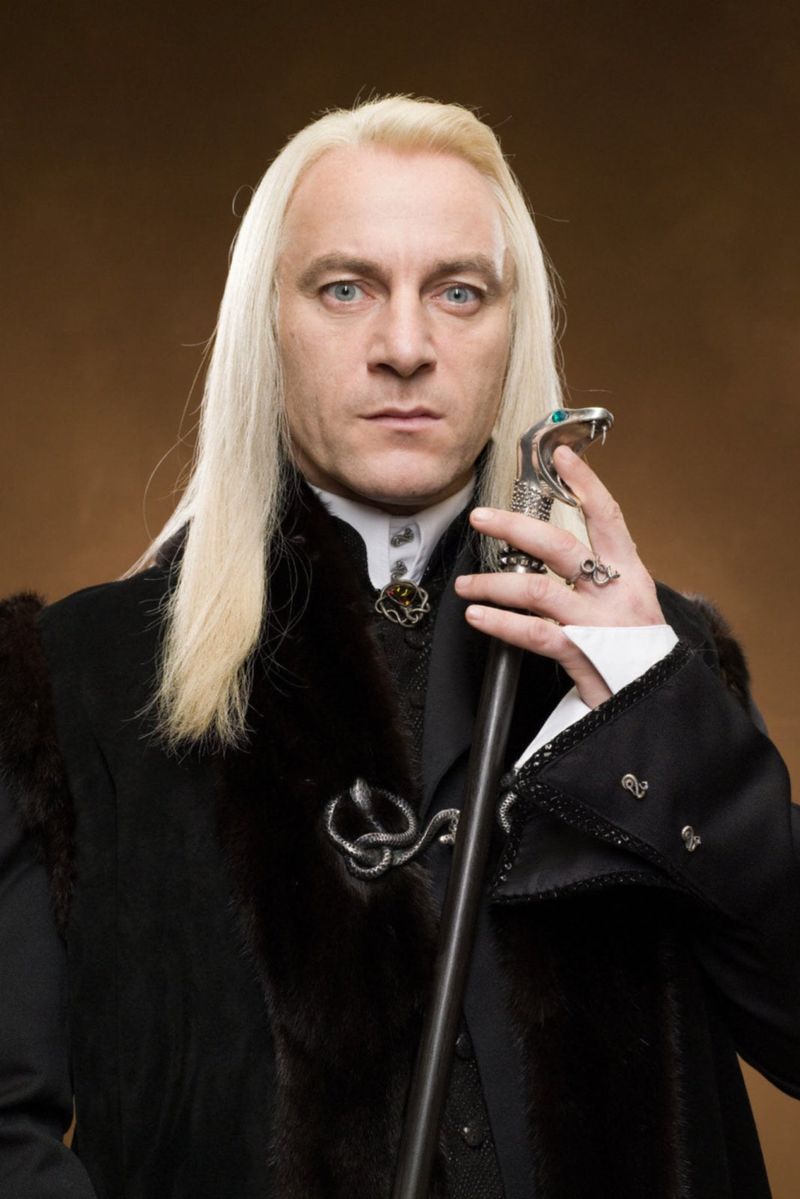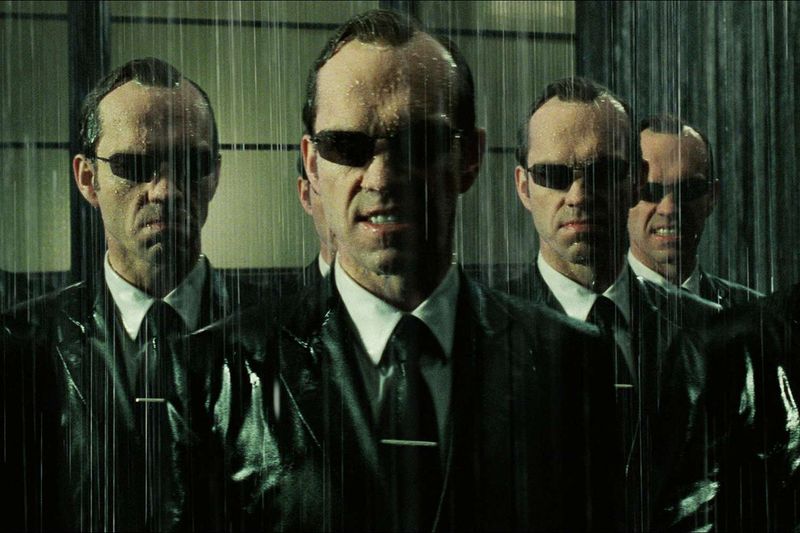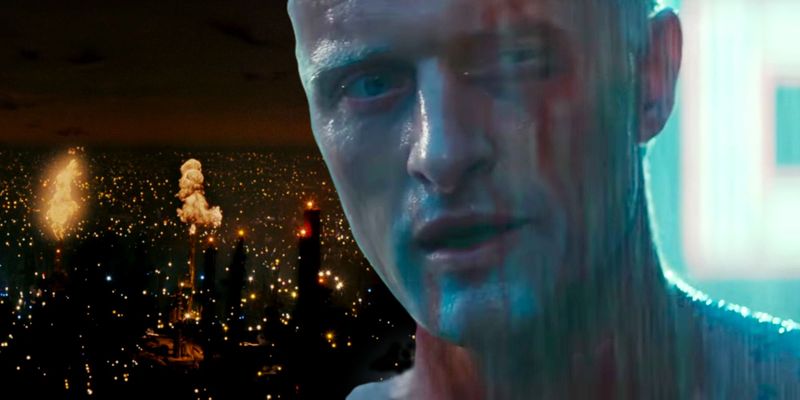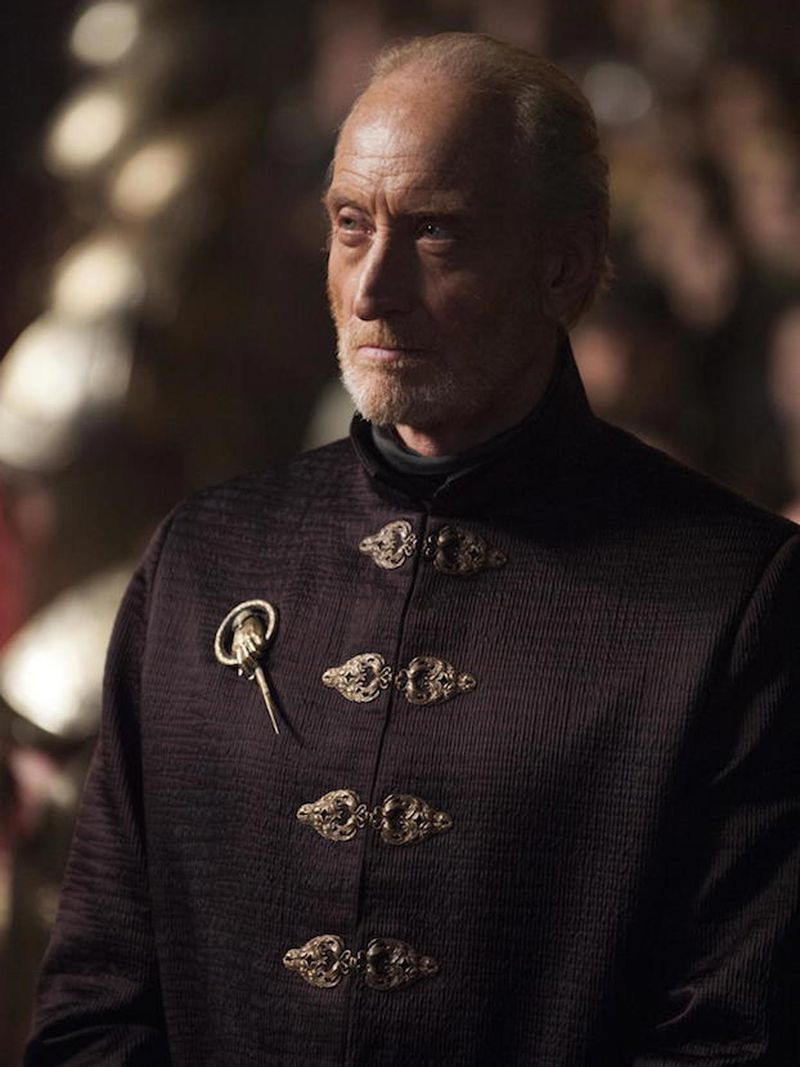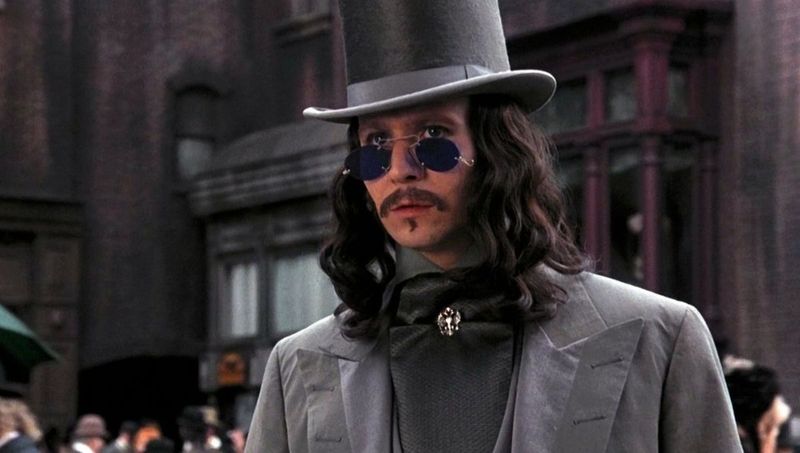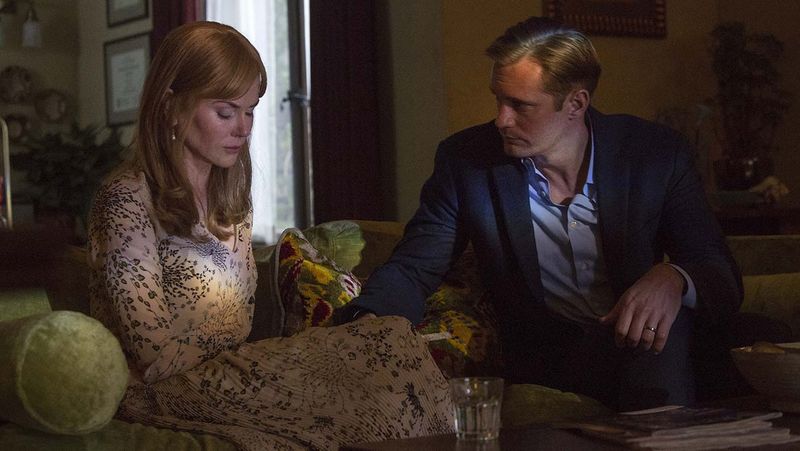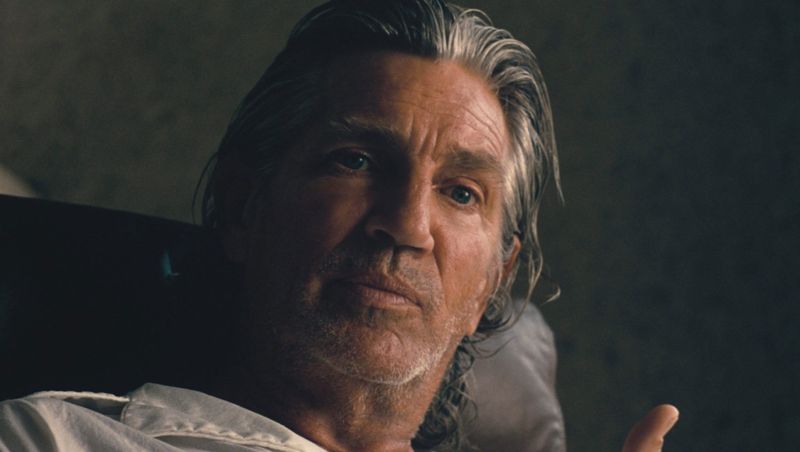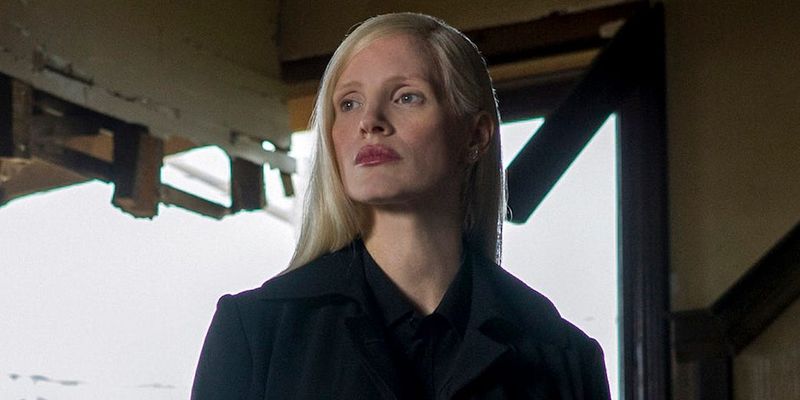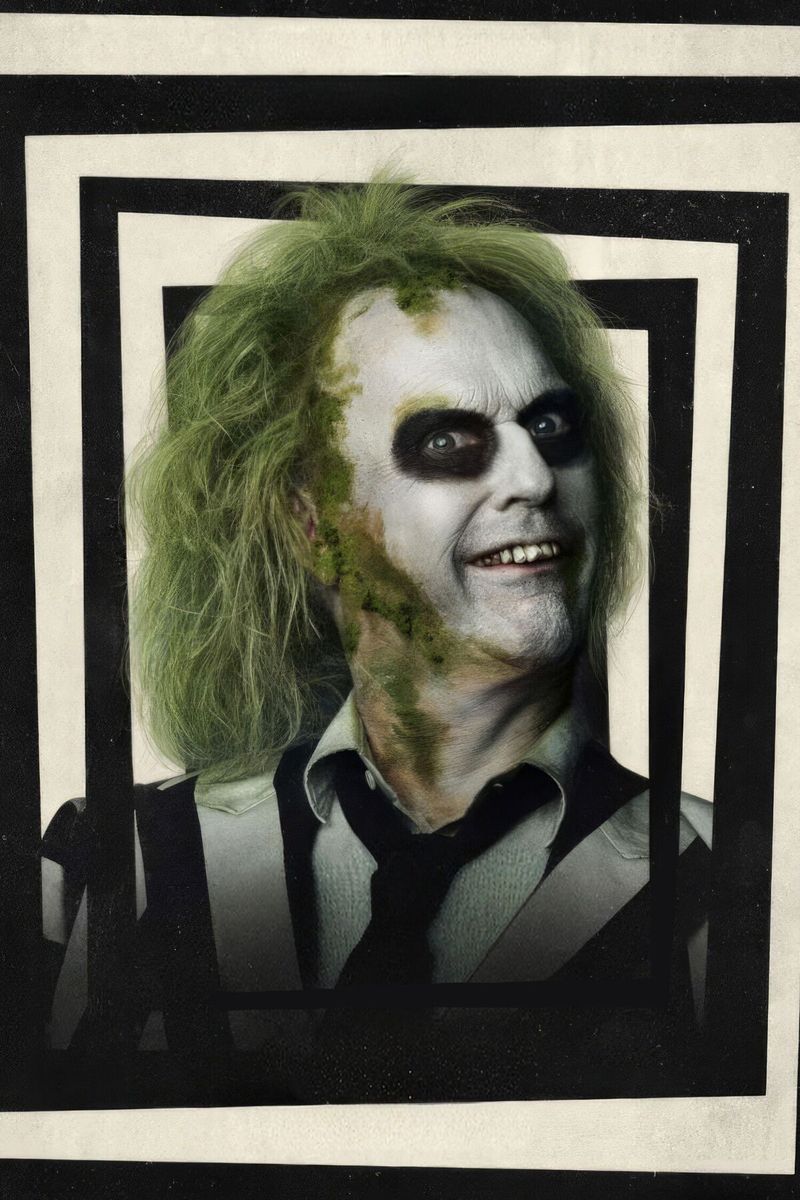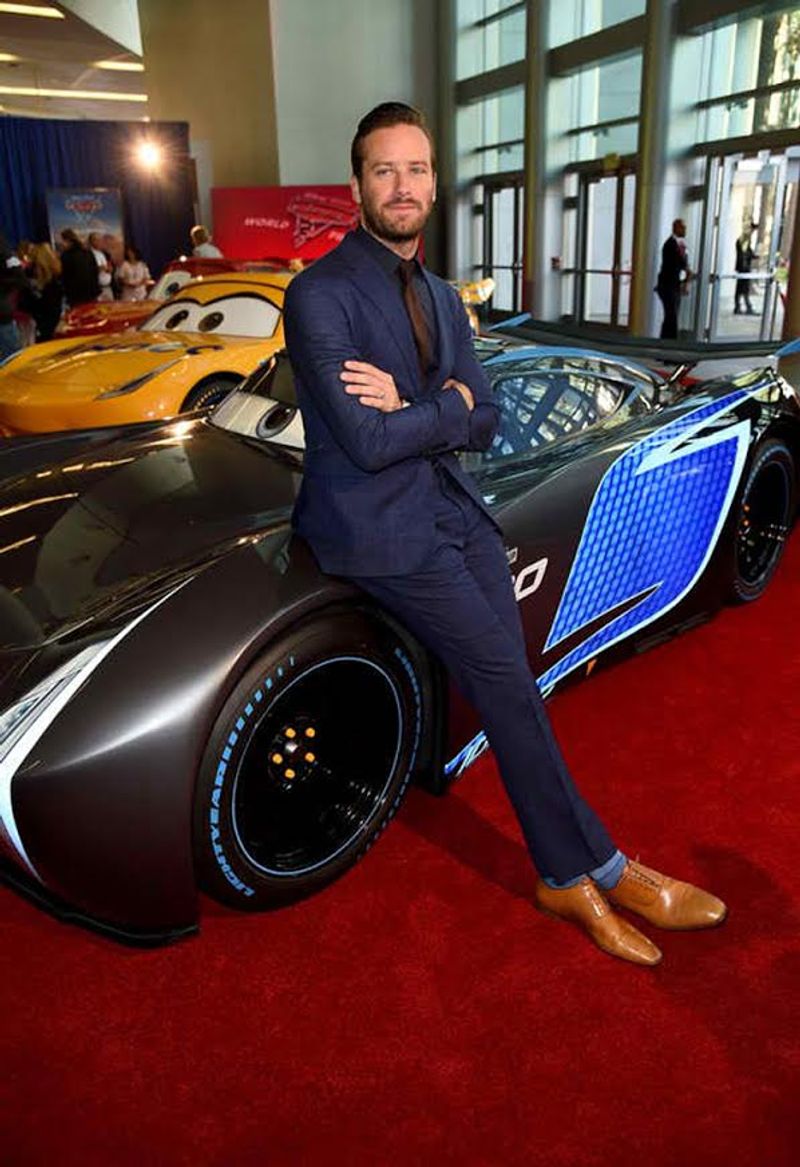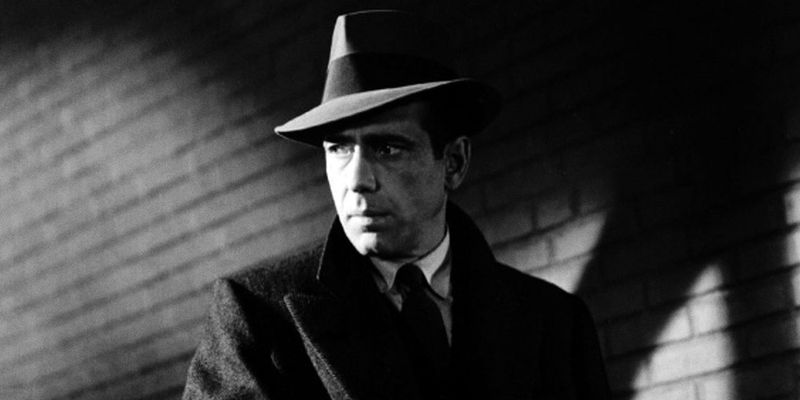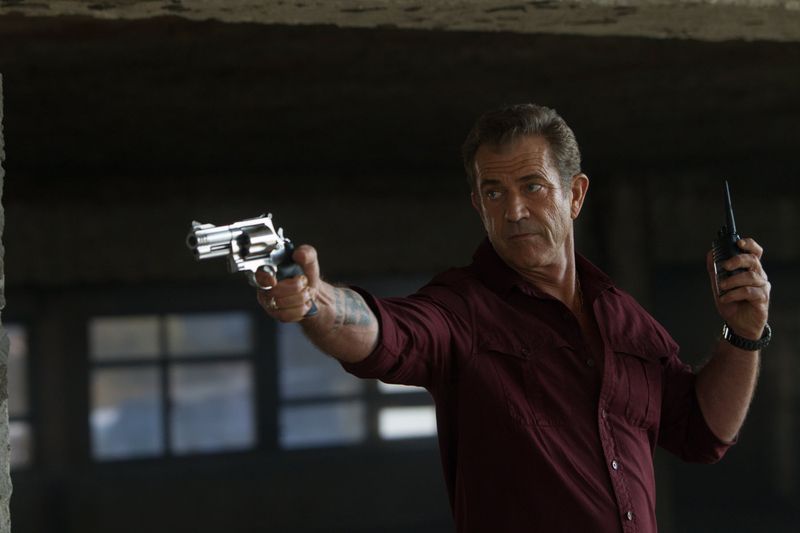Hollywood can be a double-edged sword for actors who excel at playing villains. When performers bring such convincing malevolence to the screen, audiences sometimes struggle to separate the character from the person. These 15 stars created antagonists so memorable and chilling that they found themselves trapped in the shadow of their own success, repeatedly cast as the bad guy or facing public backlash for roles that were too convincing for their own good.
1. Jack Gleeson – The Boy King Everyone Loved to Hate
The young Irish actor’s portrayal of sadistic King Joffrey Baratheon in “Game of Thrones” was so convincingly loathsome that fans couldn’t separate fiction from reality. Viewers would approach Gleeson on the street with genuine hostility, despite his real-life reputation as a kind, thoughtful person.
The public’s intense hatred for his character became so overwhelming that it contributed to his shocking decision to quit acting altogether at just 21. After hanging up his crown, Gleeson pursued academic studies instead of Hollywood fame.
His performance remains a masterclass in creating a truly detestable villain, but the role’s psychological toll proved too great for someone who never sought the spotlight in the first place.
2. Robert Patrick – The Emotionless Killing Machine
Robert Patrick’s portrayal of the liquid metal T-1000 in “Terminator 2” forever altered his career trajectory. His menacing physical presence and those unforgettable cold, dead eyes created one of cinema’s most terrifying antagonists without saying more than a handful of lines.
Following this breakthrough role, Patrick found himself repeatedly cast as heartless villains, federal agents, and military men. Studios struggled to see beyond his intimidating screen presence, despite his desire for more nuanced characters.
What’s particularly ironic is that Patrick’s actual personality couldn’t be further from the emotionless killing machine that defined his public image – friends describe him as warm and funny, qualities rarely showcased in his typecasting.
3. Tim Curry – The Clown Who Haunted a Generation
Before Pennywise terrified a new generation in the recent films, Tim Curry’s portrayal in the 1990 TV miniseries “It” traumatized an entire generation of viewers. His gleefully sinister performance transformed an ordinary circus clown into the physical embodiment of childhood fears.
The role’s cultural impact was so profound that Curry found himself pigeonholed into villainous parts for years afterward. From his wicked cardinal in “The Three Musketeers” to his demonic Darkness in “Legend,” casting directors repeatedly tapped into the frightening energy he first displayed as Pennywise.
Though a versatile performer with remarkable range, Curry’s talent for portraying memorable monsters ultimately limited the breadth of roles he was offered throughout his later career.
4. Jason Isaacs – The Wizard World’s Platinum-Haired Bigot
Jason Isaacs brought such aristocratic menace to Lucius Malfoy in the Harry Potter franchise that his sneering face became synonymous with magical elitism. His cold delivery and imposing presence made him the perfect wizard supremacist, complete with that distinctive platinum blonde mane.
The role’s massive popularity in one of cinema’s biggest franchises created a villainous typecasting problem that followed Isaacs for years. From Captain Hook to various military antagonists, his talent for portraying sophisticated evil became both his calling card and his career limitation.
Though Isaacs has demonstrated remarkable range in smaller projects, mainstream audiences primarily recognize him as the man who made them hate Draco Malfoy’s father with such passion.
5. Hugo Weaving – The Digital Face of Cold Logic
Hugo Weaving’s precise, mechanical delivery as Agent Smith in “The Matrix” trilogy created an artificial intelligence villain so memorable that it overshadowed much of his subsequent work. His iconic sunglasses and eerily calm “Mr. Anderson” became instantly recognizable pop culture references.
This breakthrough role established Weaving as Hollywood’s go-to actor for articulate, intellectual antagonists. From Red Skull in “Captain America” to the voice of Megatron in “Transformers,” studios repeatedly tapped him to bring gravitas to their villains.
Despite impressive dramatic performances in films like “V for Vendetta” and “The Lord of the Rings,” Weaving’s versatility has often been overlooked by audiences who primarily associate him with that distinctive Agent Smith cadence and sinister smile.
6. Rutger Hauer – The Philosophical Replicant
Rutger Hauer’s unforgettable performance as Roy Batty in “Blade Runner” showcased a rare combination of physical menace and poetic depth. His haunting “tears in rain” monologue remains one of science fiction’s most powerful moments, delivered by a character who was technically the film’s antagonist.
Despite this nuanced portrayal, Hollywood primarily saw Hauer as the perfect European villain. Throughout the 1980s and 90s, he repeatedly played terrorists, hitmen, and corporate villains with ice-cold precision.
The Dutch actor’s striking appearance – those piercing blue eyes and platinum blonde hair – combined with his intense screen presence made him instantly recognizable as a threat. While occasionally finding more sympathetic roles, Hauer’s career remained defined by characters who existed in moral gray areas.
7. Charles Dance – The Calculating Patriarch
Charles Dance brought such ruthless authority to Tywin Lannister in “Game of Thrones” that his very presence made other characters (and viewers) uncomfortable. His cold-blooded pragmatism and quiet intimidation techniques created a villain who rarely needed to raise his voice to be terrifying.
This career-defining role reinforced Dance’s status as cinema’s premier austere villain. From alien overlords to merciless politicians, his aristocratic bearing and commanding voice have made him the perfect choice when scripts call for sophisticated menace.
What’s fascinating is how Dance can communicate volumes of contempt with just a slight eyebrow raise or subtle shift in posture. This remarkable talent for understated villainy has kept him in demand for antagonist roles while limiting opportunities to showcase his full range.
8. Gary Oldman – The Chameleon Who Couldn’t Escape His Darkness
Few actors match Gary Oldman’s chameleon-like ability to disappear into roles, yet for years he was primarily known as Hollywood’s premier character villain. From his psychotic cop in “The Professional” to his vampiric Count Dracula, Oldman’s intensity made him the industry’s favorite “rent-a-villain” throughout the 1990s.
This typecasting became so pronounced that Oldman actively began seeking heroic roles to break free from his villainous reputation. His portrayal of Sirius Black in the Harry Potter series and Commissioner Gordon in the Dark Knight trilogy represented deliberate attempts to reshape his image.
The irony is that Oldman’s villains were so compelling precisely because he brought the same depth and commitment that later won him acclaim in more sympathetic roles, including his Oscar-winning performance as Winston Churchill.
9. Alexander Skarsgård – The Handsome Face of Domestic Terror
Alexander Skarsgård’s career took a darker turn after his chilling portrayal of abusive husband Perry Wright in HBO’s “Big Little Lies.” The Swedish actor, previously known for more sympathetic roles, created a villain whose public charm masked private monstrosity – earning him both critical acclaim and a disturbing new screen persona.
The role’s success led to a series of morally complex or outright villainous characters, from a vengeful Viking in “The Northman” to a tech billionaire antagonist in “Godzilla vs. Kong.” This shift toward darkness represented a significant departure from his earlier heartthrob image.
What made Skarsgård’s portrayal of Perry particularly unsettling was how he balanced superficial likability with terrifying rage – creating a realistic portrait of domestic abuse that proved difficult for audiences to forget.
10. Eric Roberts – From Leading Man to Professional Antagonist
Eric Roberts began his career as a promising leading man with an Oscar nomination for “Runaway Train,” but gradually became Hollywood’s go-to character villain. His intense eyes and distinctive vocal delivery made him perfect for playing unhinged antagonists across countless films and TV shows.
Personal struggles and industry politics contributed to Roberts’ career trajectory shift from protagonist to antagonist. What started as occasional villain roles evolved into a typecasting situation that defined much of his later career, resulting in over 600 credits – many as various forms of bad guys.
The irony is that Roberts possesses remarkable range as an actor, occasionally glimpsed in smaller independent projects. Yet his primary industry value became his ability to efficiently deliver memorable villains, from mob bosses to corrupt officials, often in limited screen time.
11. Jessica Chastain – The Alien Antagonist Misstep
Jessica Chastain’s career hit an unexpected bump with her portrayal of Vuk, the shape-shifting alien villain in “Dark Phoenix.” The two-time Oscar nominee, known for powerful dramatic performances, found herself in an underwritten antagonist role that critics widely panned in a film that underperformed at the box office.
While not typecasting in the traditional sense, this high-profile misstep temporarily disrupted Chastain’s carefully curated career momentum. The film’s failure represented a rare miscalculation for an actress known for her selective approach to roles.
What makes this case unique is how a single villainous role in a major franchise film can temporarily impact even an established star’s trajectory. Chastain has since rebounded with acclaimed performances, but “Dark Phoenix” remains a cautionary tale about villain role selection.
12. Michael Keaton – From Batman to Bad Guy
Michael Keaton’s career represents a fascinating villain trajectory – from defining Batman for a generation to embracing antagonist roles later in his career. His turn as corporate villain Raymond Sellars in the “RoboCop” remake marked a conscious shift toward exploring darker characters after decades of primarily heroic or comedic roles.
This transition continued with his portrayal of Adrian Toomes/Vulture in “Spider-Man: Homecoming,” where Keaton brought unexpected depth to a comic book villain. For audiences who grew up seeing Keaton as a hero, these antagonist roles created a compelling cognitive dissonance.
What makes Keaton’s villain evolution unique is how he leverages audience goodwill from his earlier career. His inherent likability makes his villains more complex – we want to root for him even as he plays characters we should despise.
13. Armie Hammer – The Voice of Animated Arrogance
Before personal controversies derailed his career, Armie Hammer’s villainous turn as the voice of Jackson Storm in Pixar’s “Cars 3” represented an interesting career pivot. The actor, known primarily for heroic or romantic leads, effectively captured the arrogant antagonist threatening Lightning McQueen’s racing legacy.
This animated villain role coincided with Hammer taking on more morally complex characters in live-action films. His imposing physical presence and privileged persona made him an effective choice for characters with an entitled edge.
Hammer’s career trajectory makes an interesting case study in how both on-screen villain choices and off-screen controversies can fundamentally alter public perception. His voice performance as Storm now carries unintended subtext about arrogance and power that wasn’t present when the film was released.
14. Humphrey Bogart – The Gangster Who Became a Hero
Before becoming one of Hollywood’s most beloved leading men, Humphrey Bogart spent years trapped playing one-dimensional gangsters and criminals. Studios initially saw his distinctive lisp and intense gaze as perfect for portraying threatening figures rather than romantic leads.
Bogart appeared in over 30 films as various hoodlums, rarely getting the chance to showcase his full range. This typecasting frustrated the actor, who knew he was capable of much more than playing cannon fodder for James Cagney or Edward G. Robinson.
His breakthrough came with “High Sierra” and “The Maltese Falcon,” where his morally complex characters finally demonstrated his remarkable versatility. Bogart’s journey from typecast villain to cultural icon represents one of Hollywood’s most successful image transformations.
15. Mel Gibson – The Fallen Star’s Villain Era
Mel Gibson’s career trajectory represents a unique case of an A-list star whose personal controversies pushed him toward villain roles. His portrayals of Luther Voz in “Machete Kills” and Conrad Stonebanks in “The Expendables 3” came during a period when his public image had already deteriorated significantly.
These antagonist roles seemed to deliberately play on Gibson’s fallen public persona. The characters’ unhinged qualities and moral bankruptcy felt uncomfortably meta, given the actor’s well-documented personal troubles and controversial statements.
Unlike other actors on this list who were typecast against their will, Gibson’s villain phase appeared almost like stunt casting – a self-aware acknowledgment of his transformed public image. These roles neither rehabilitated his reputation nor revitalized his once-mighty box office power.
